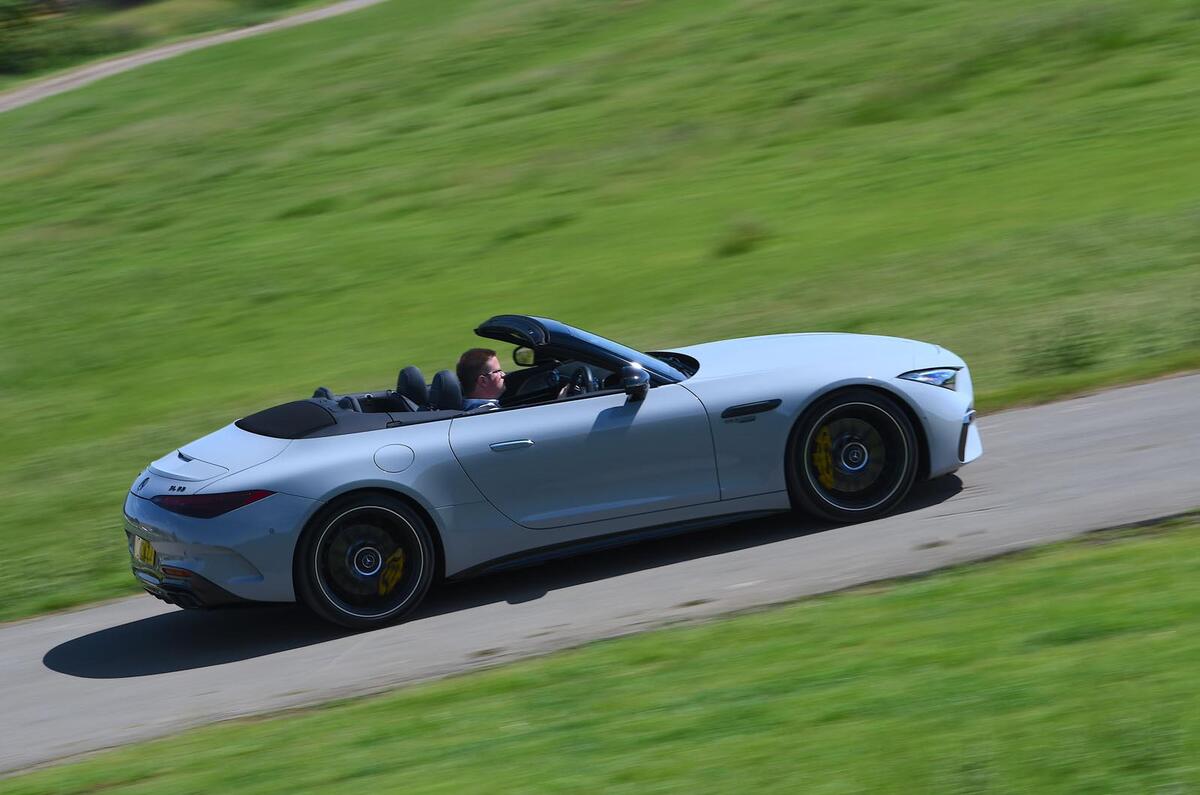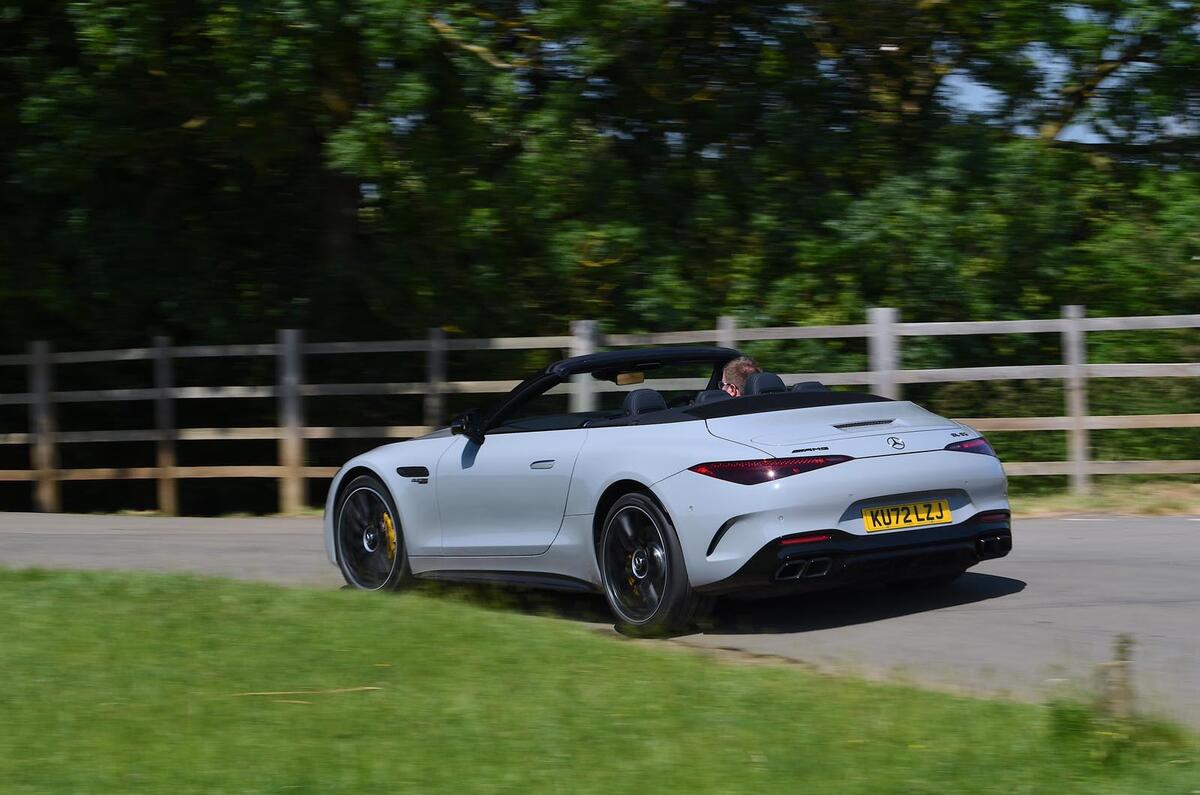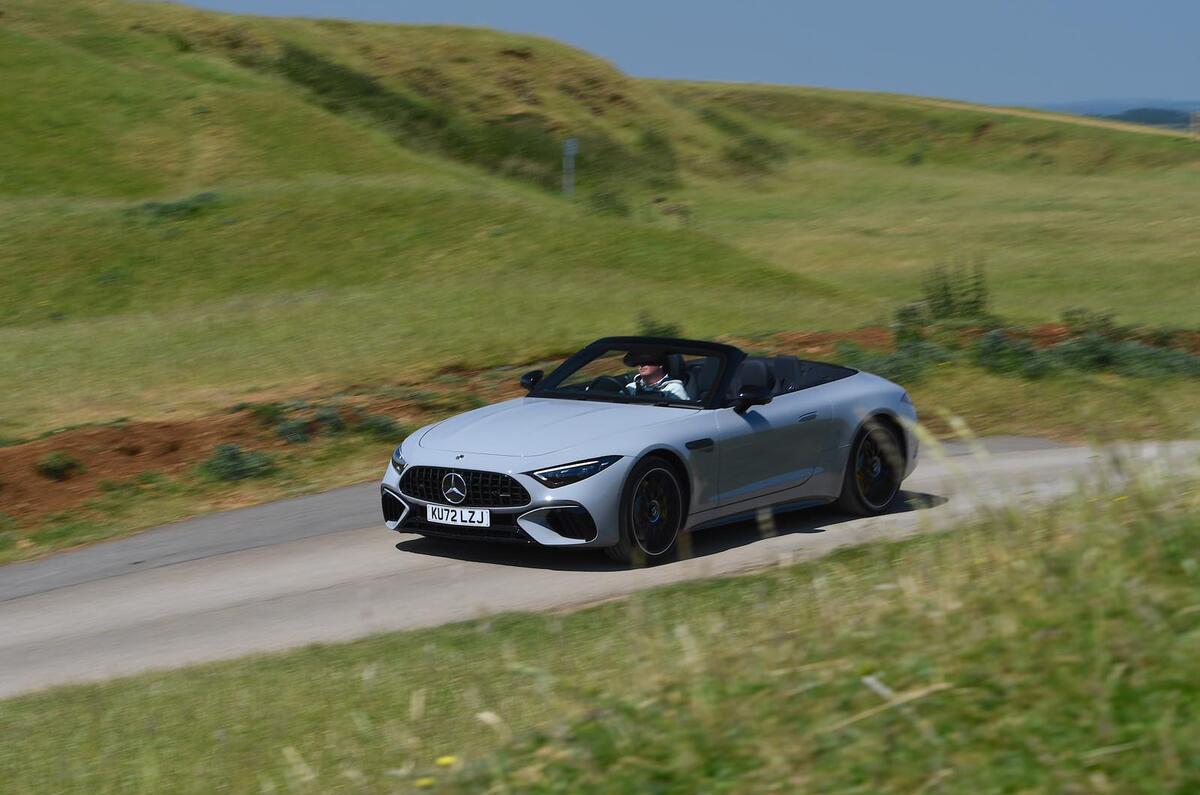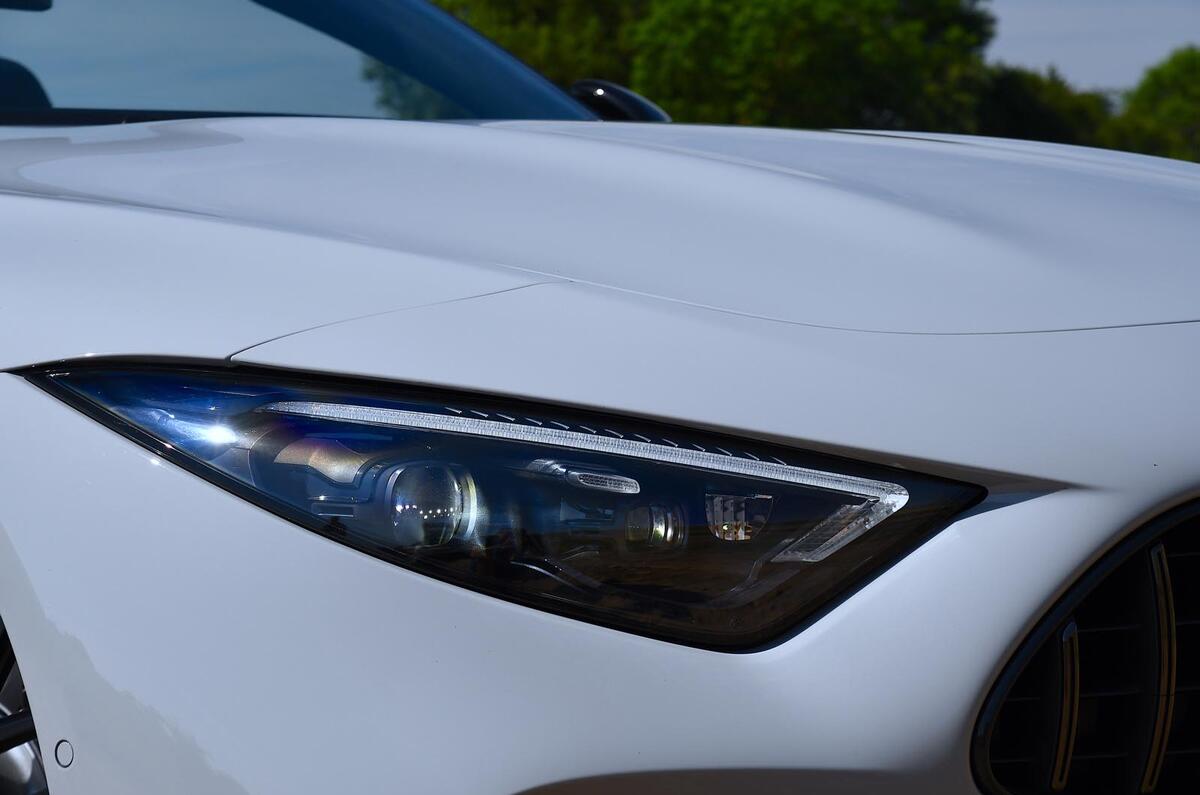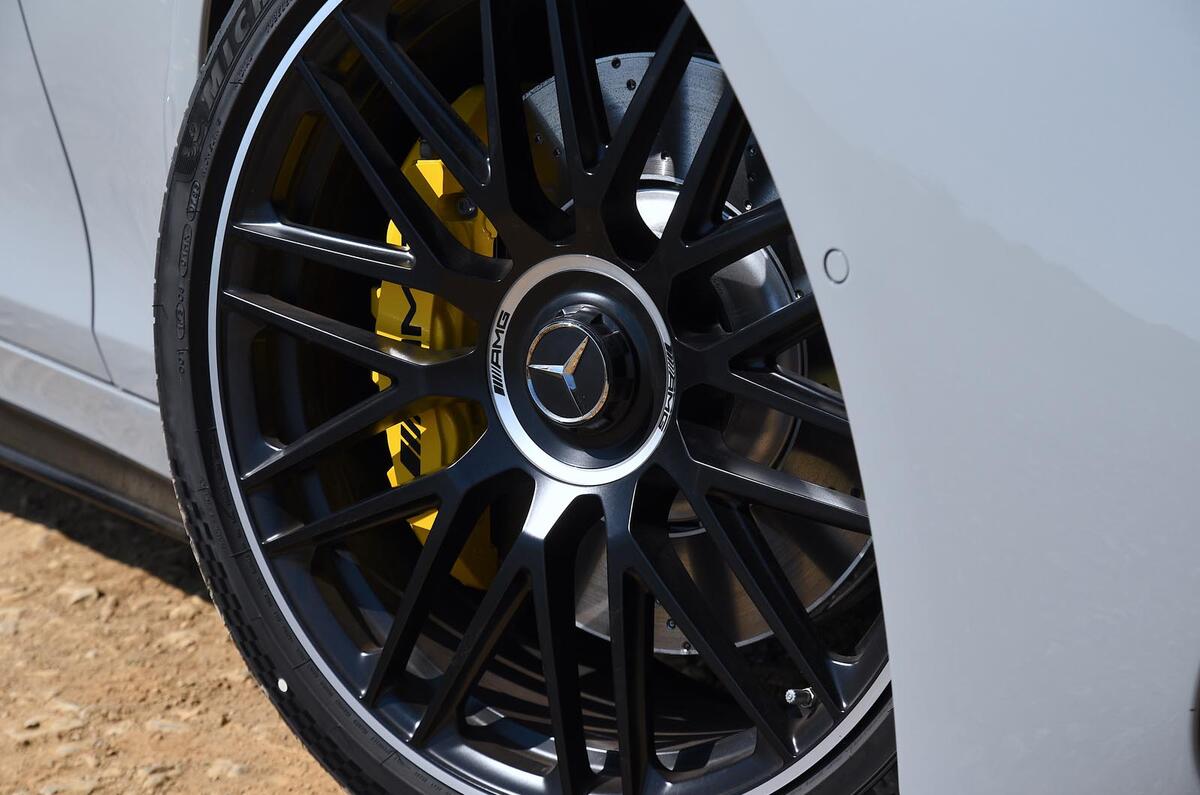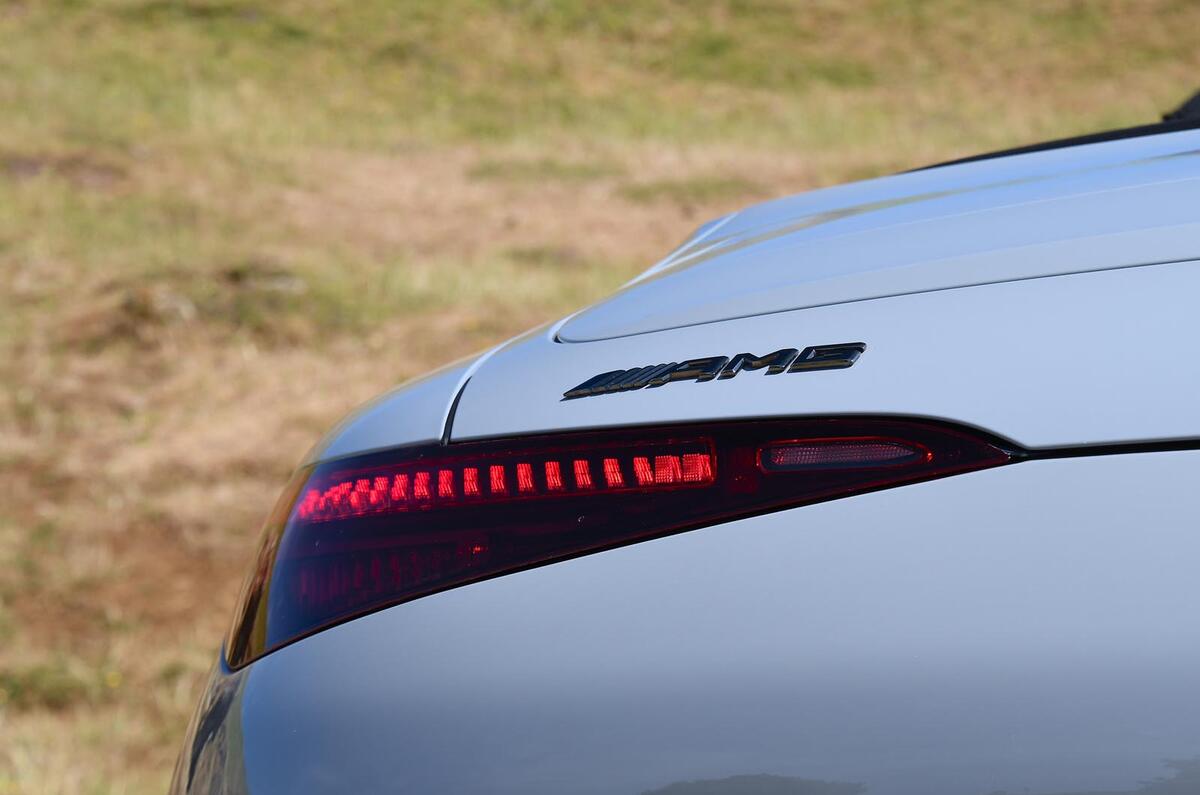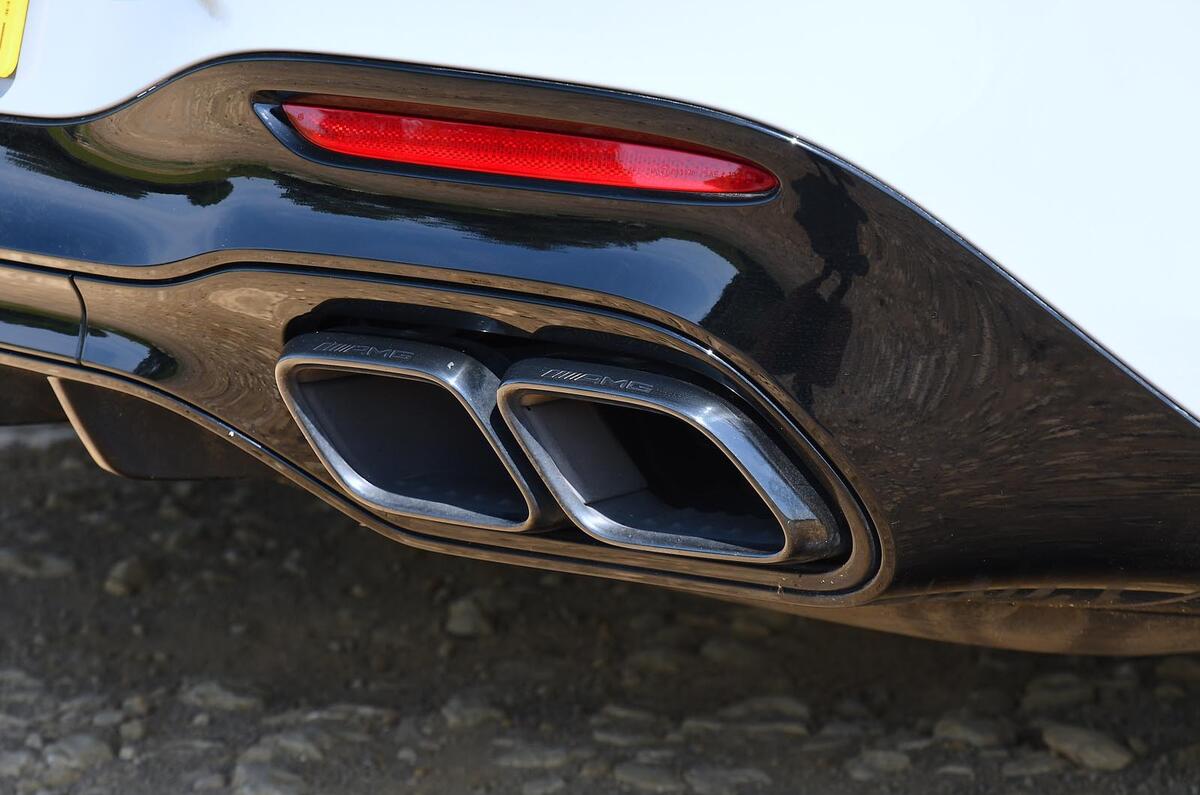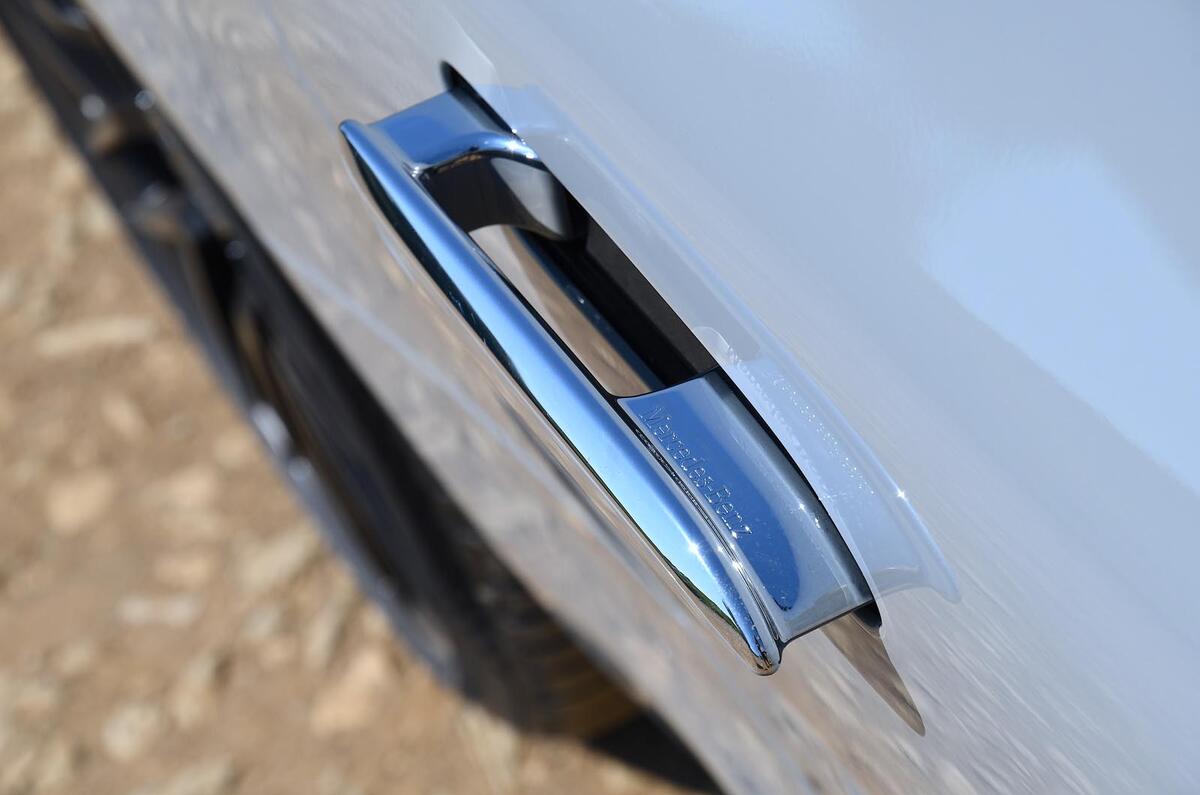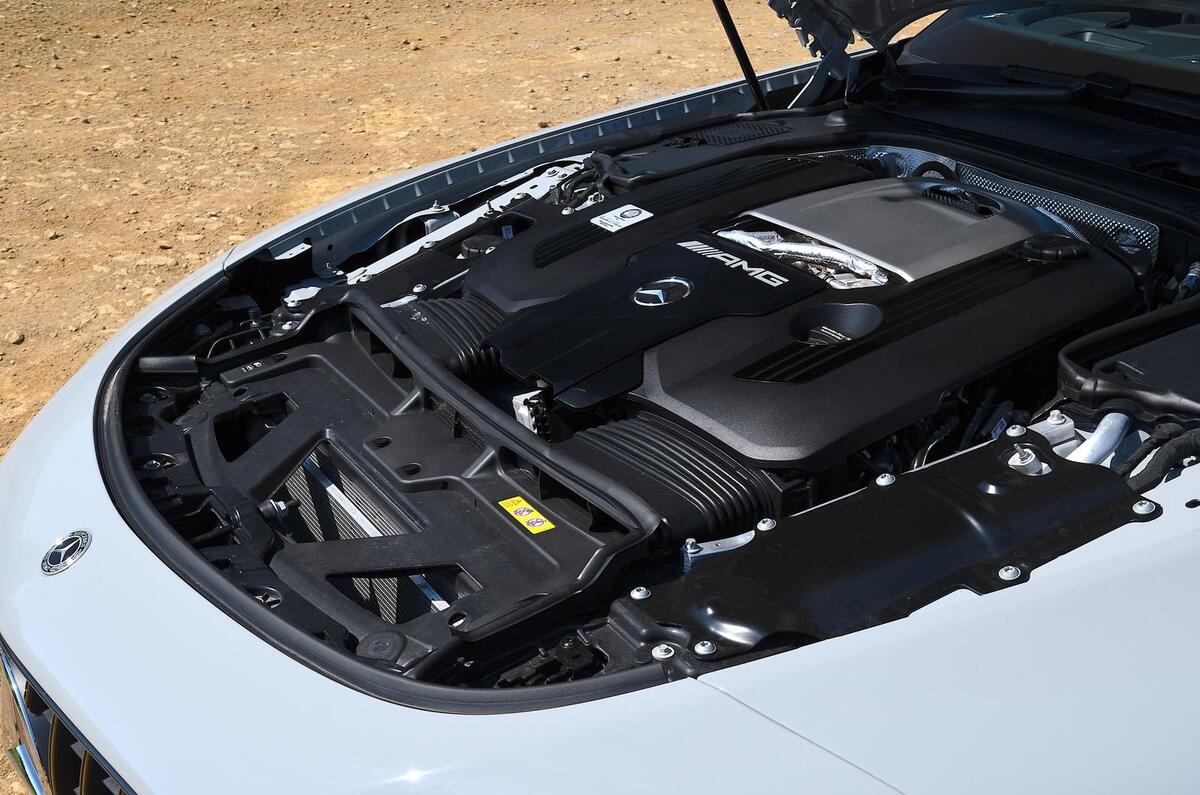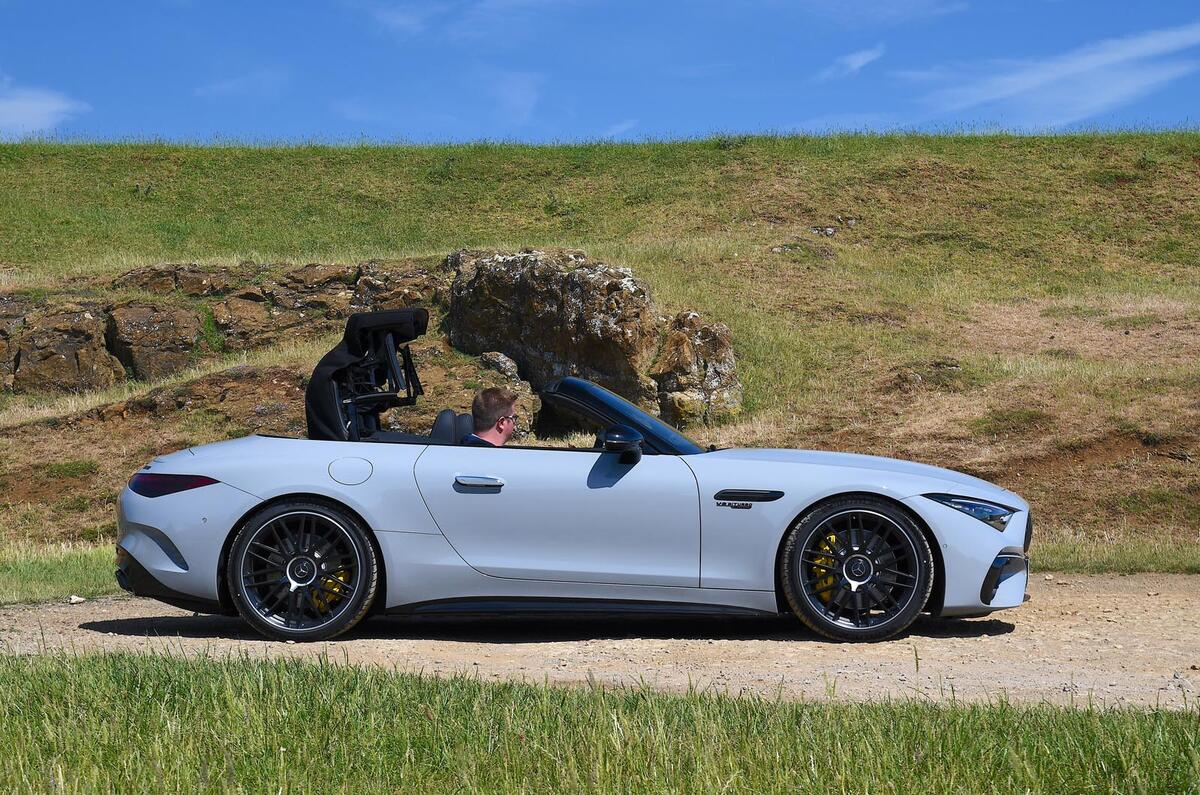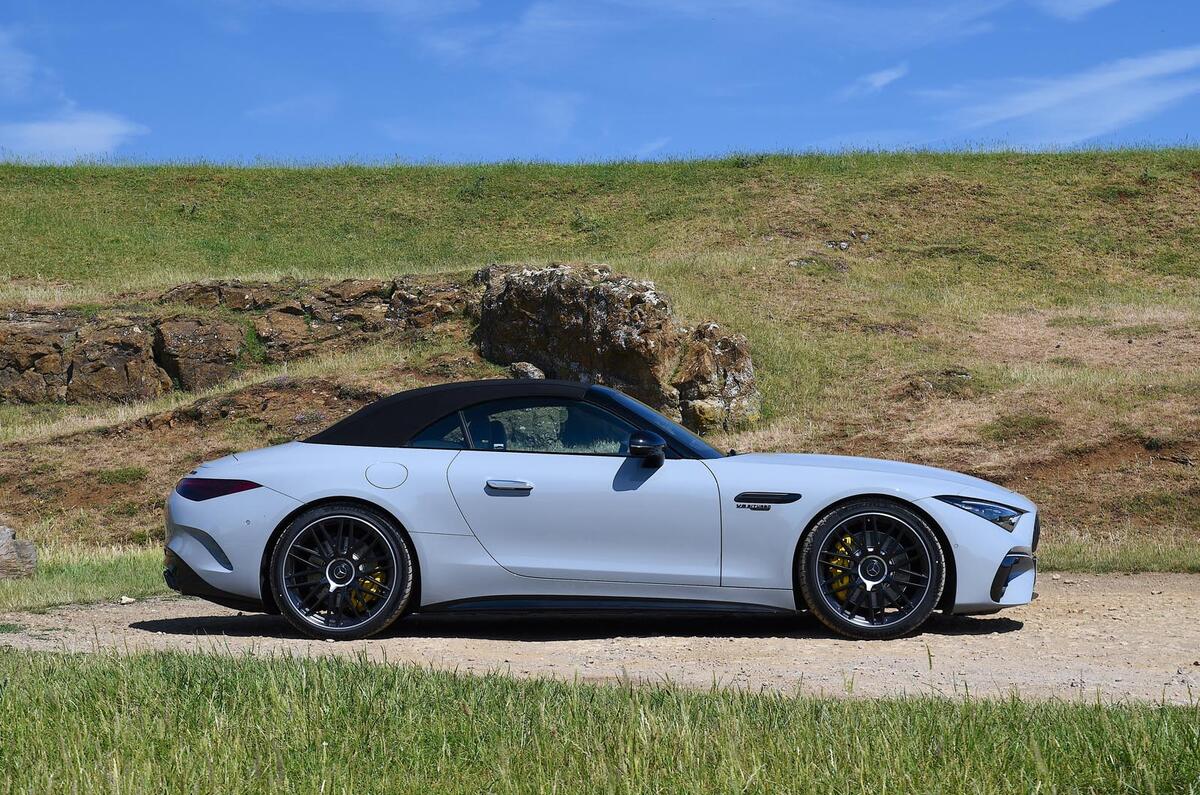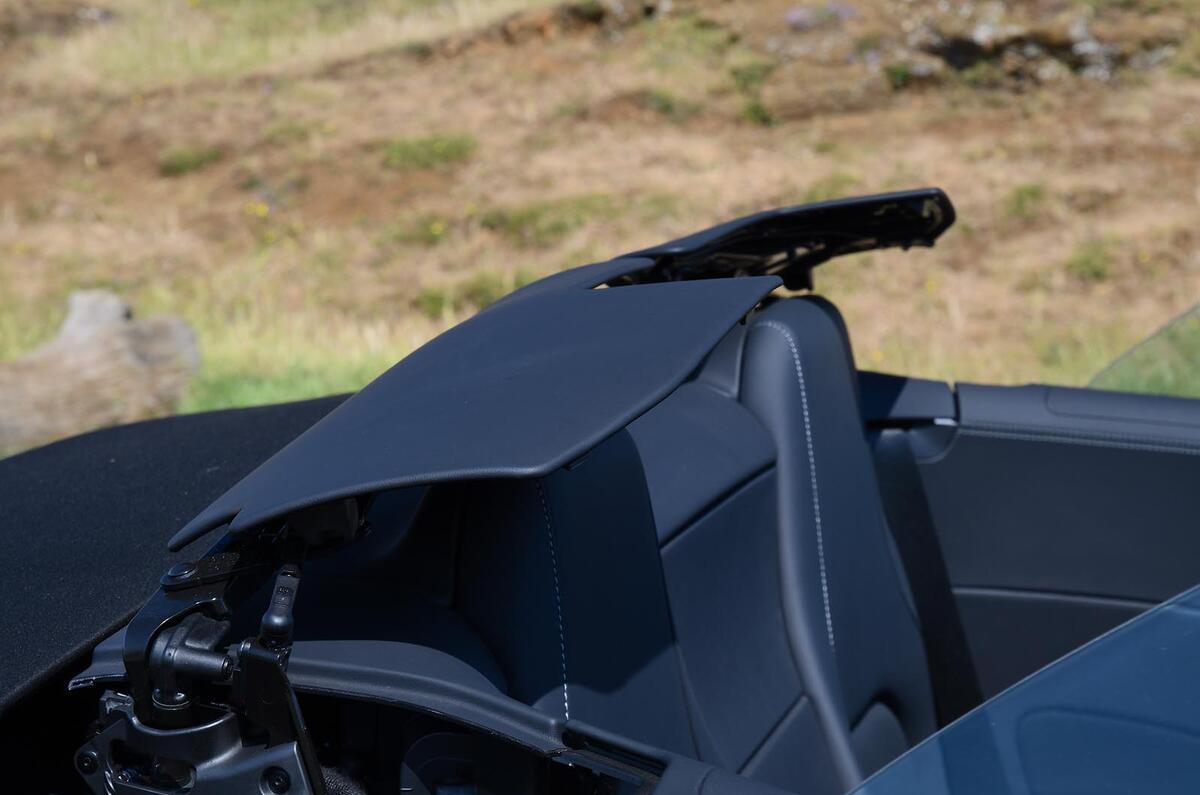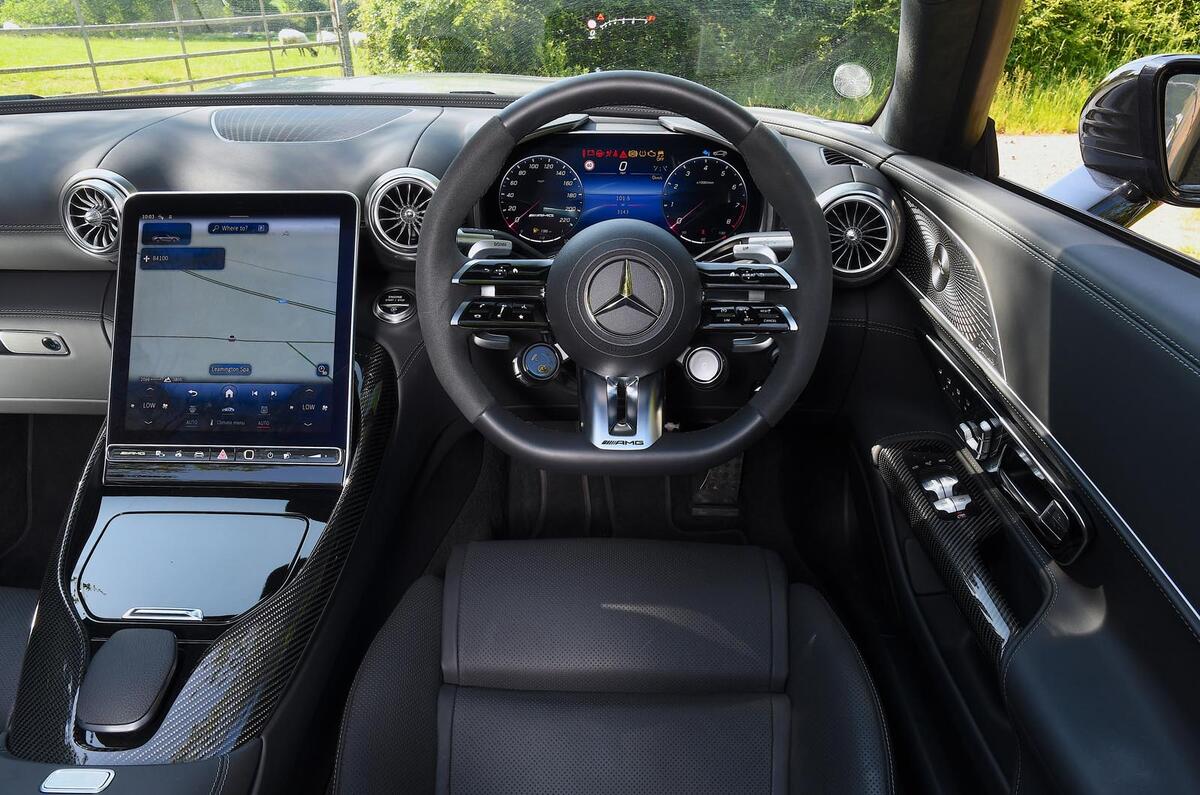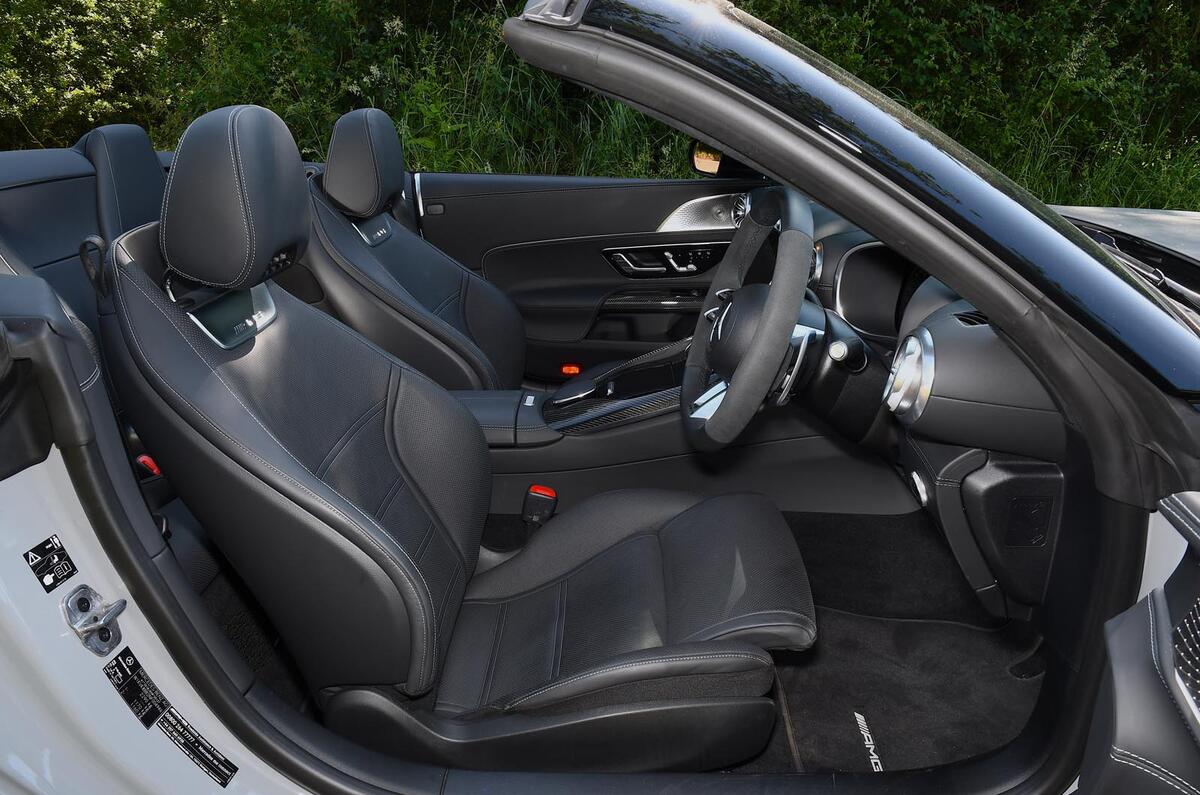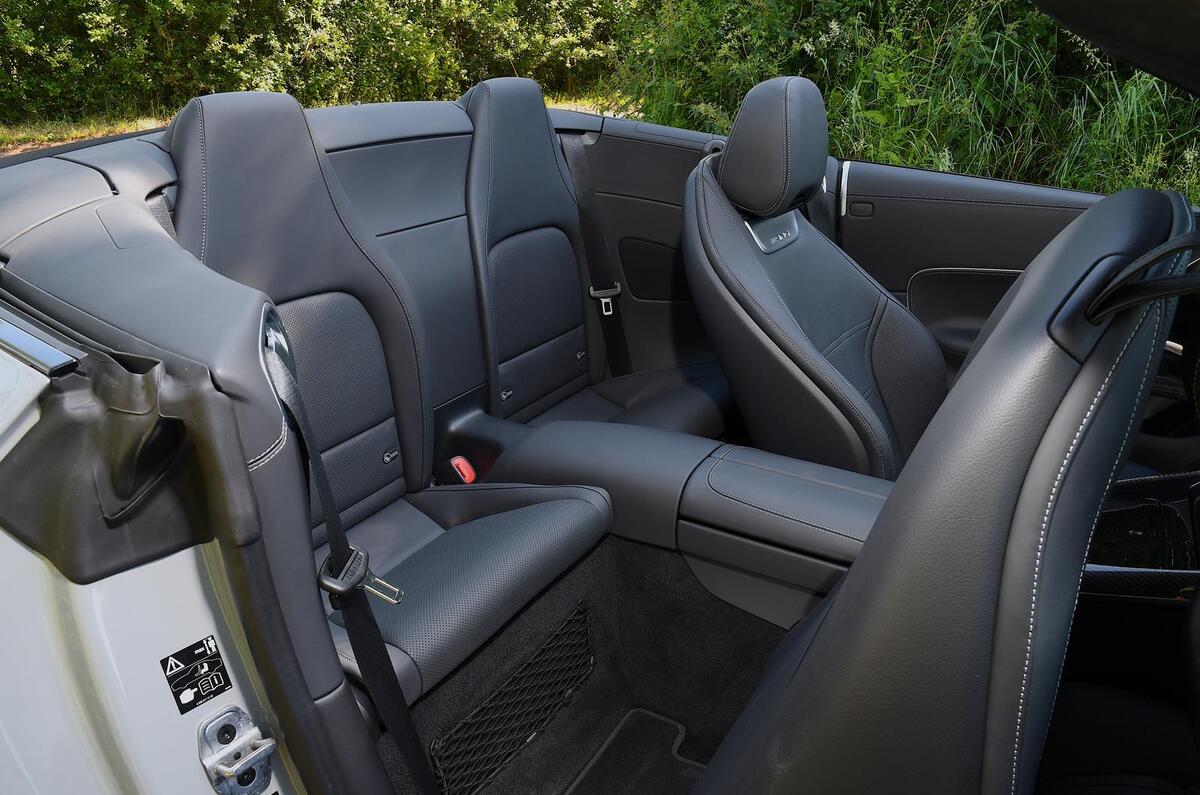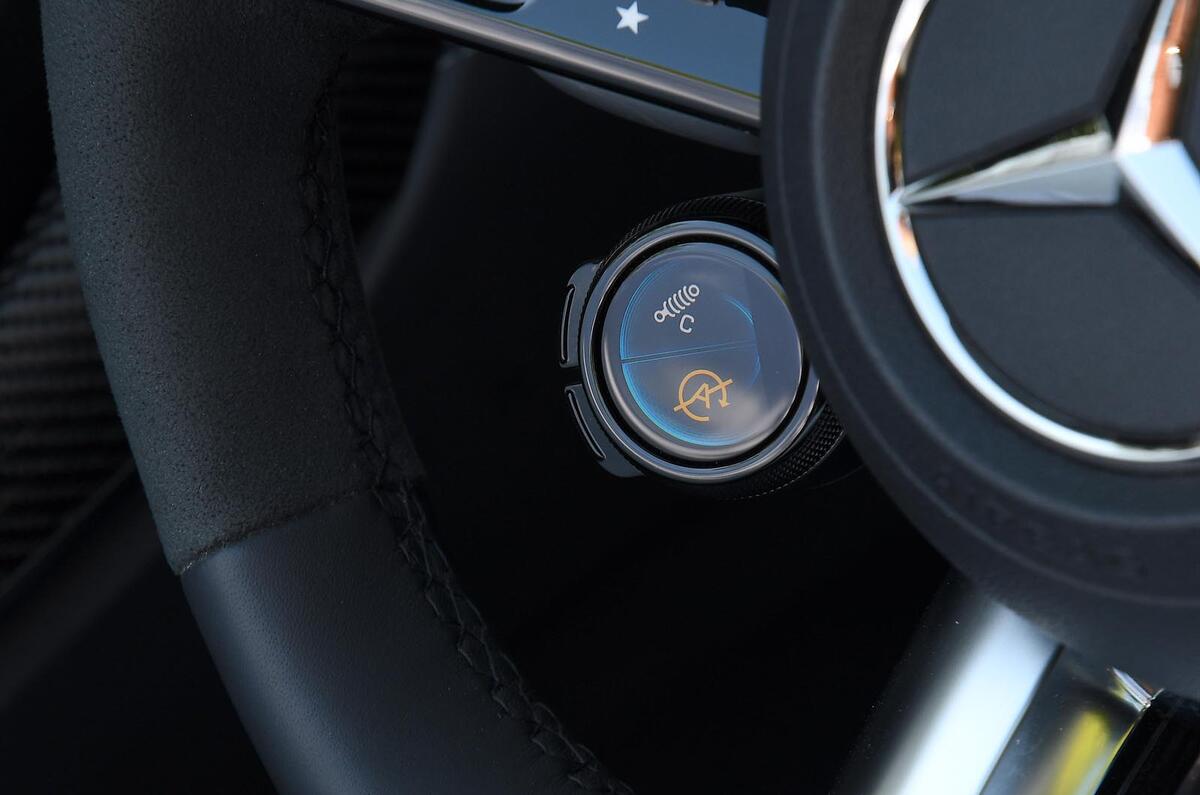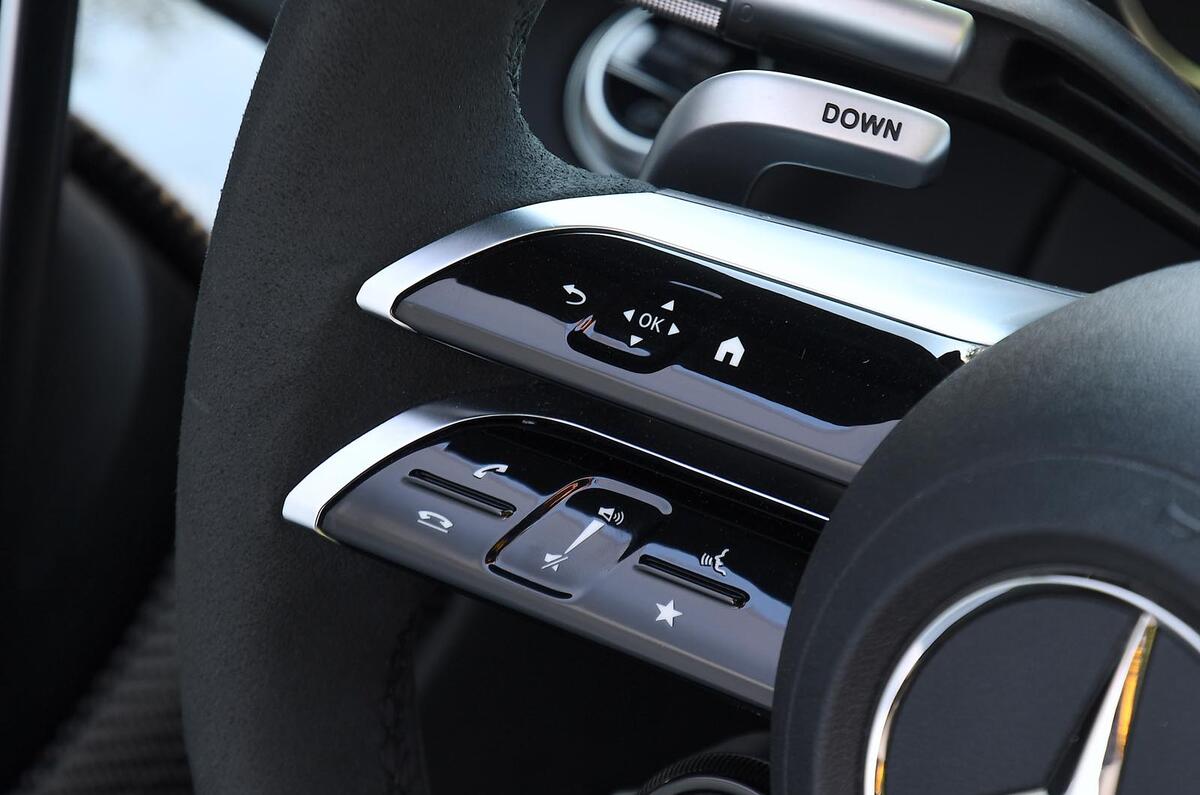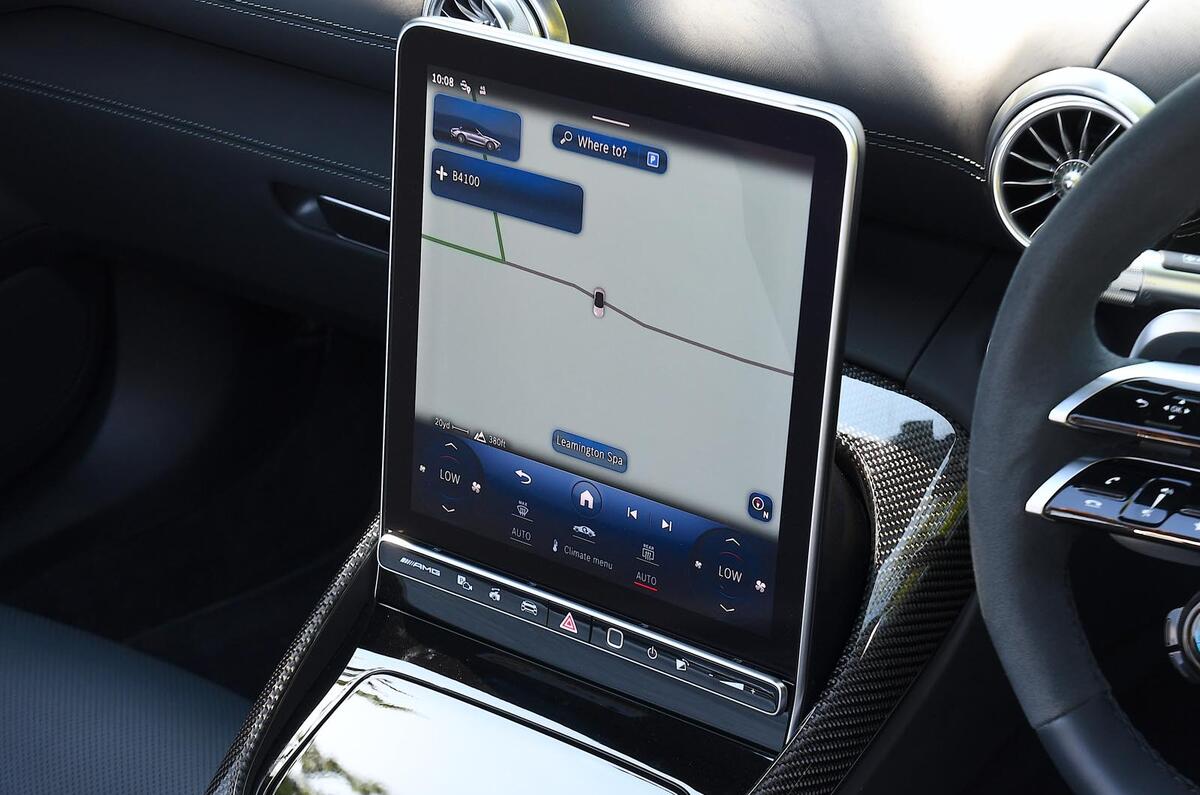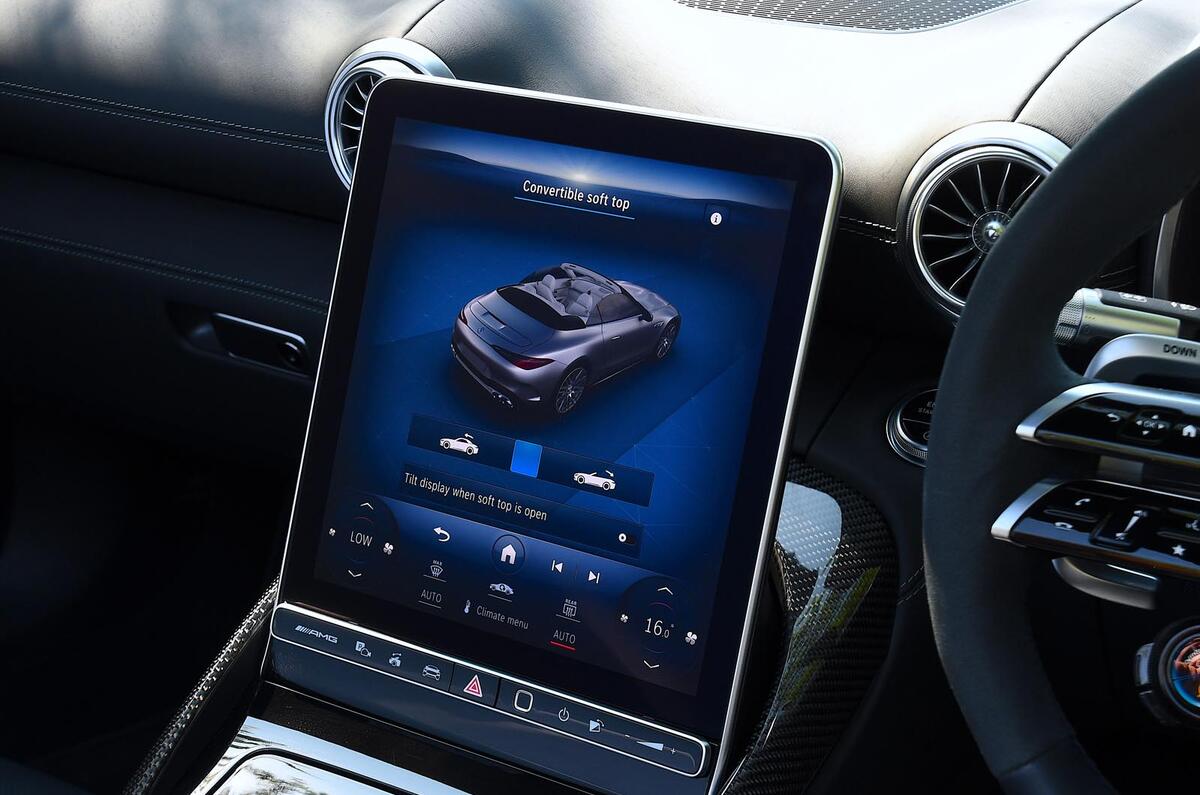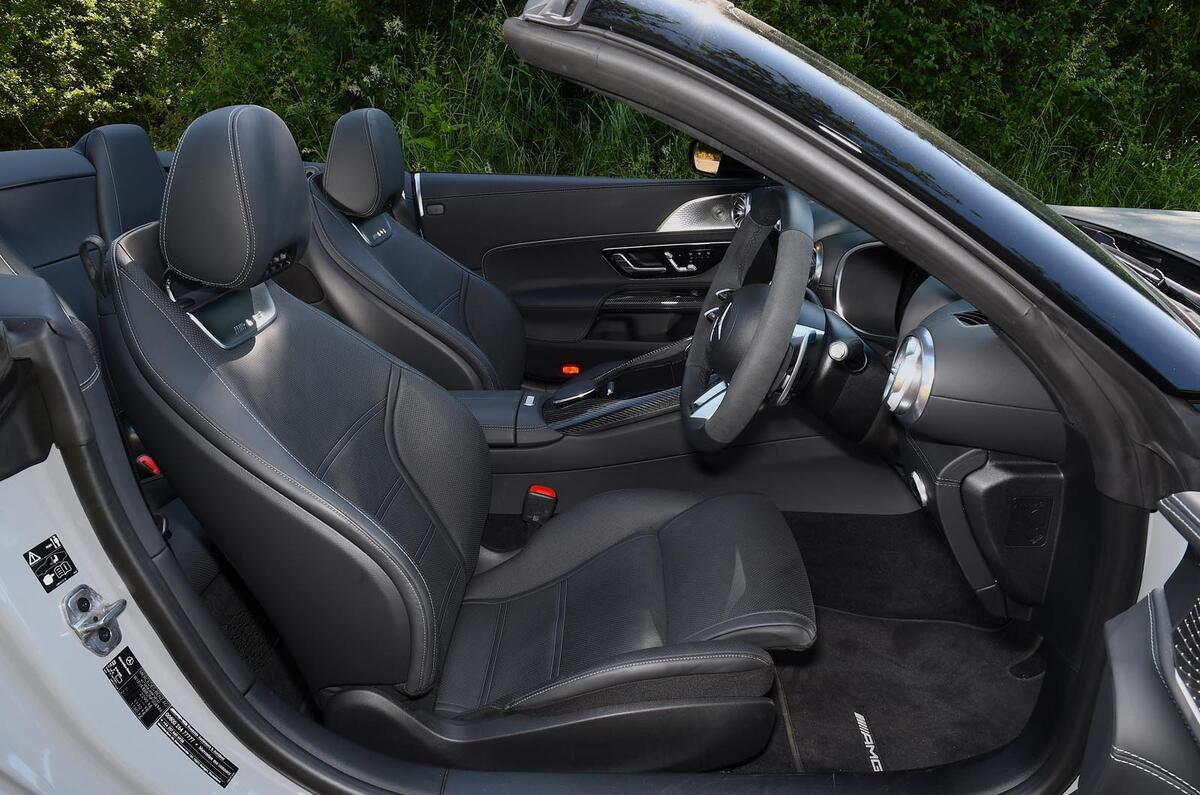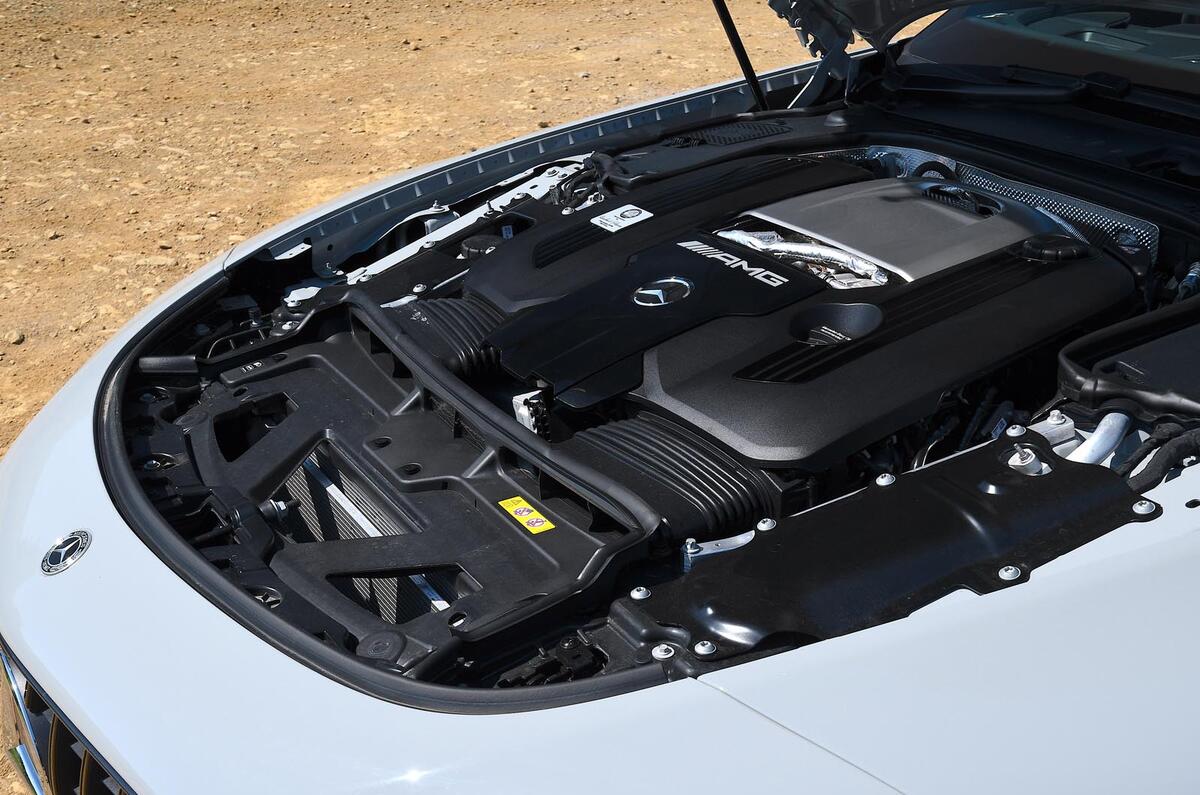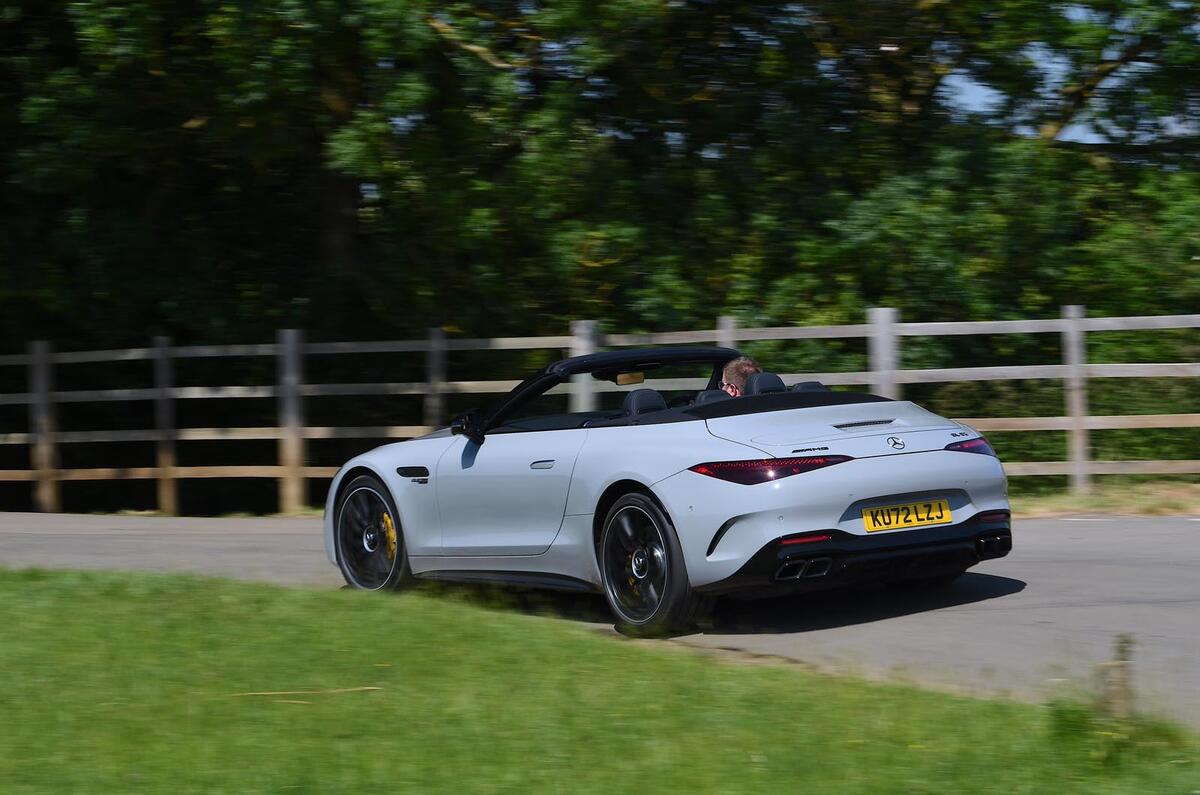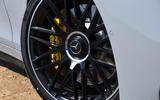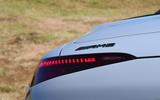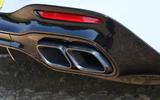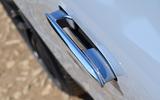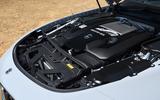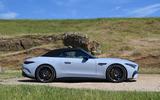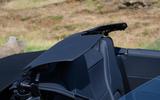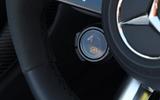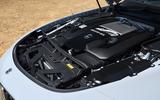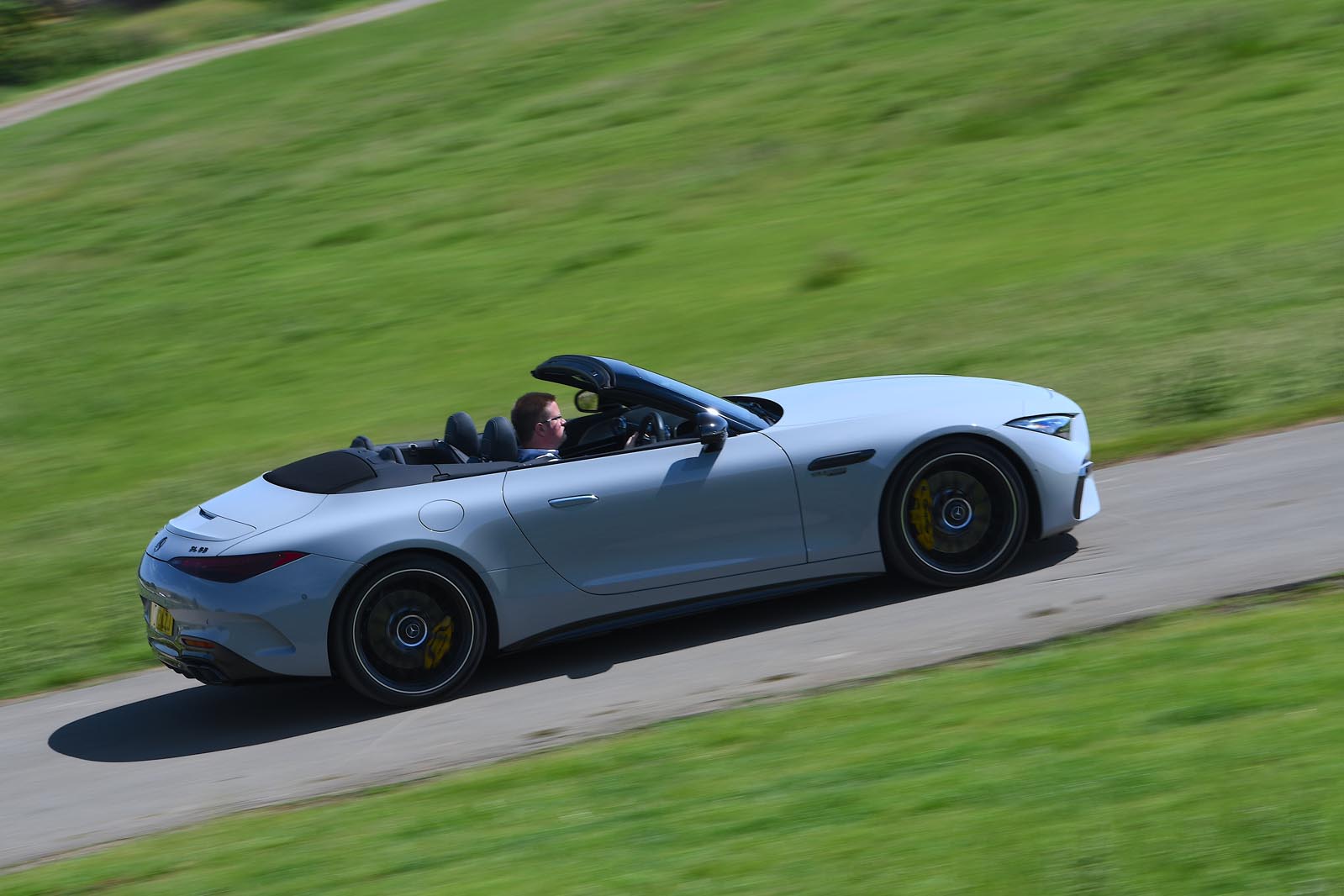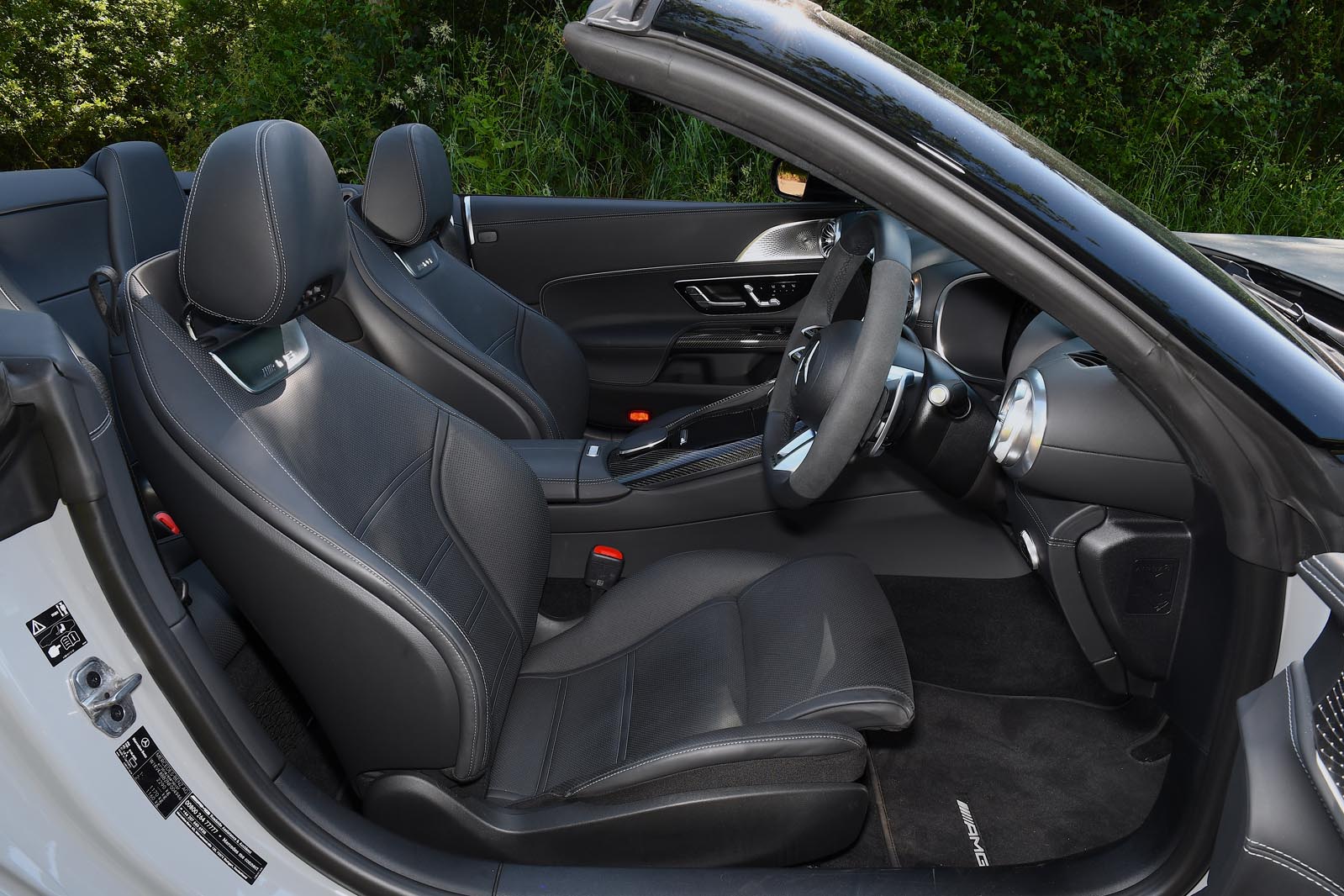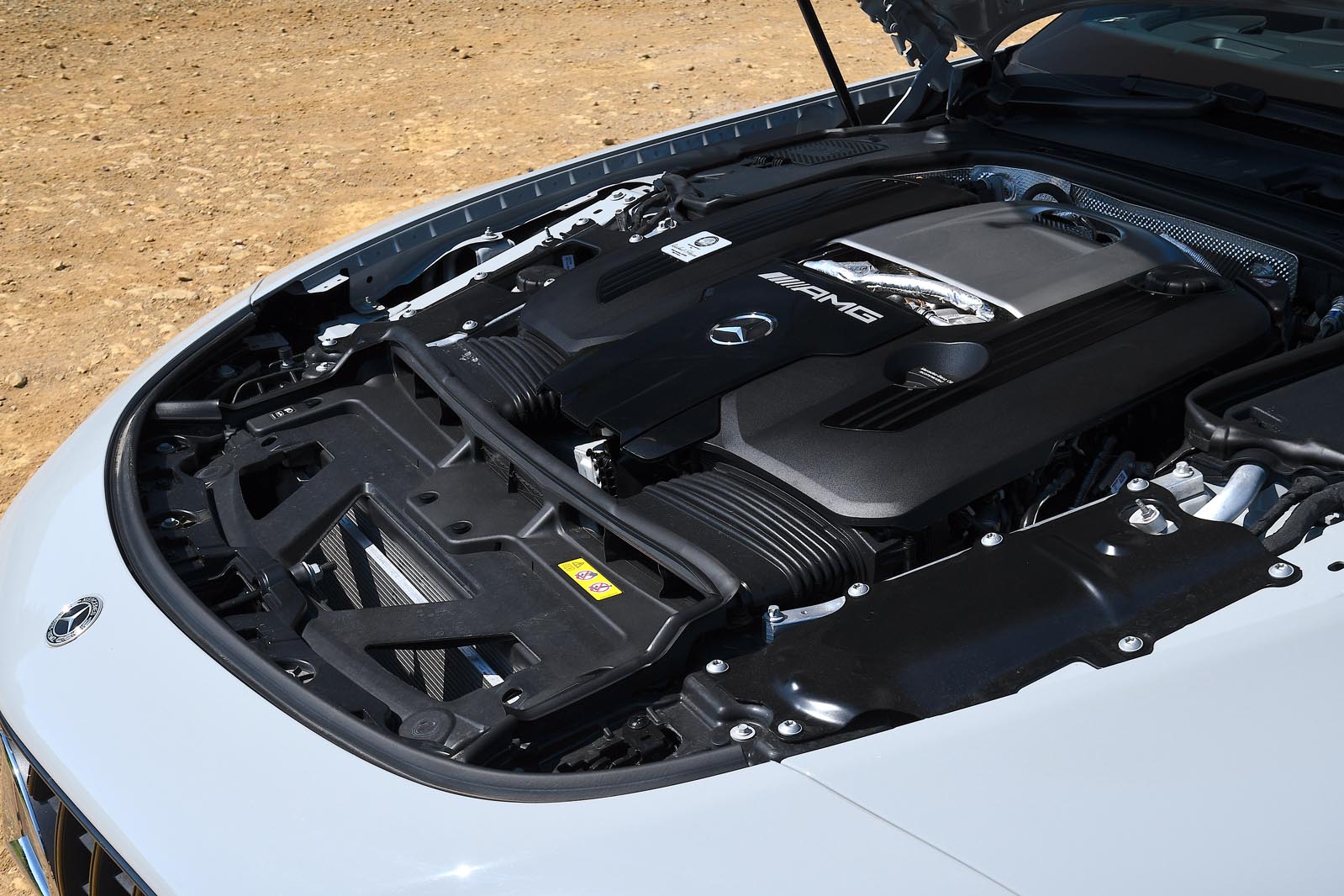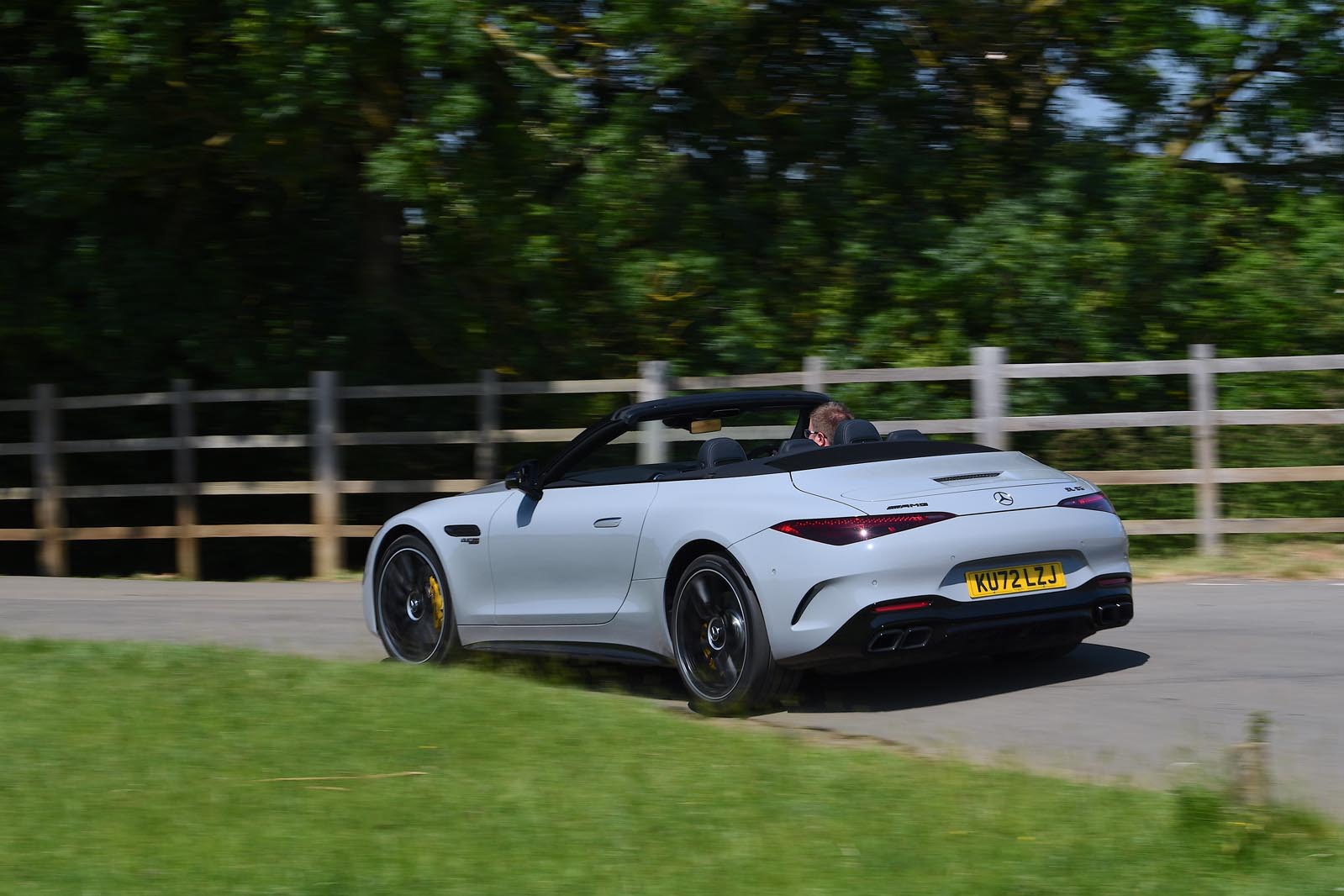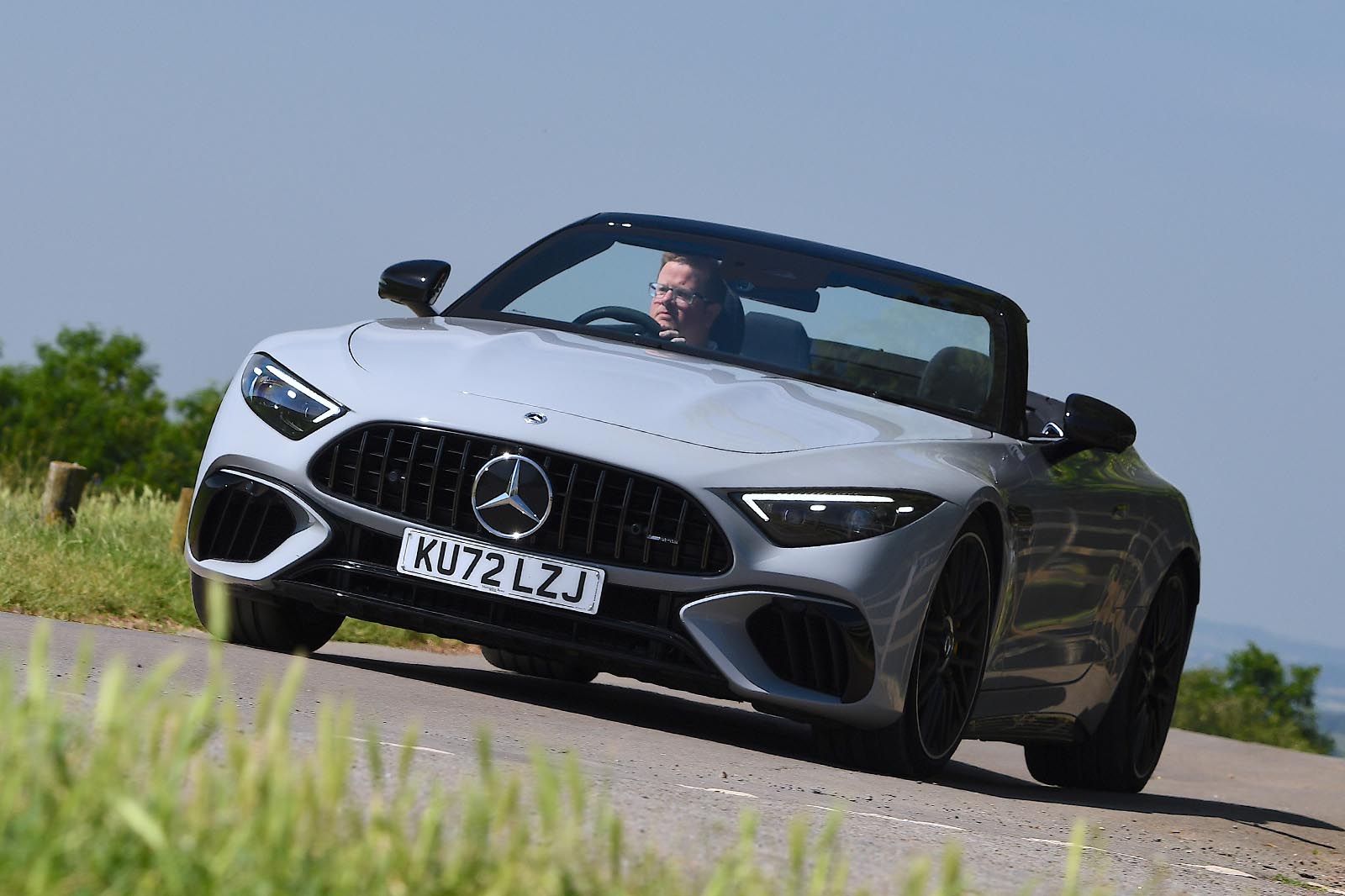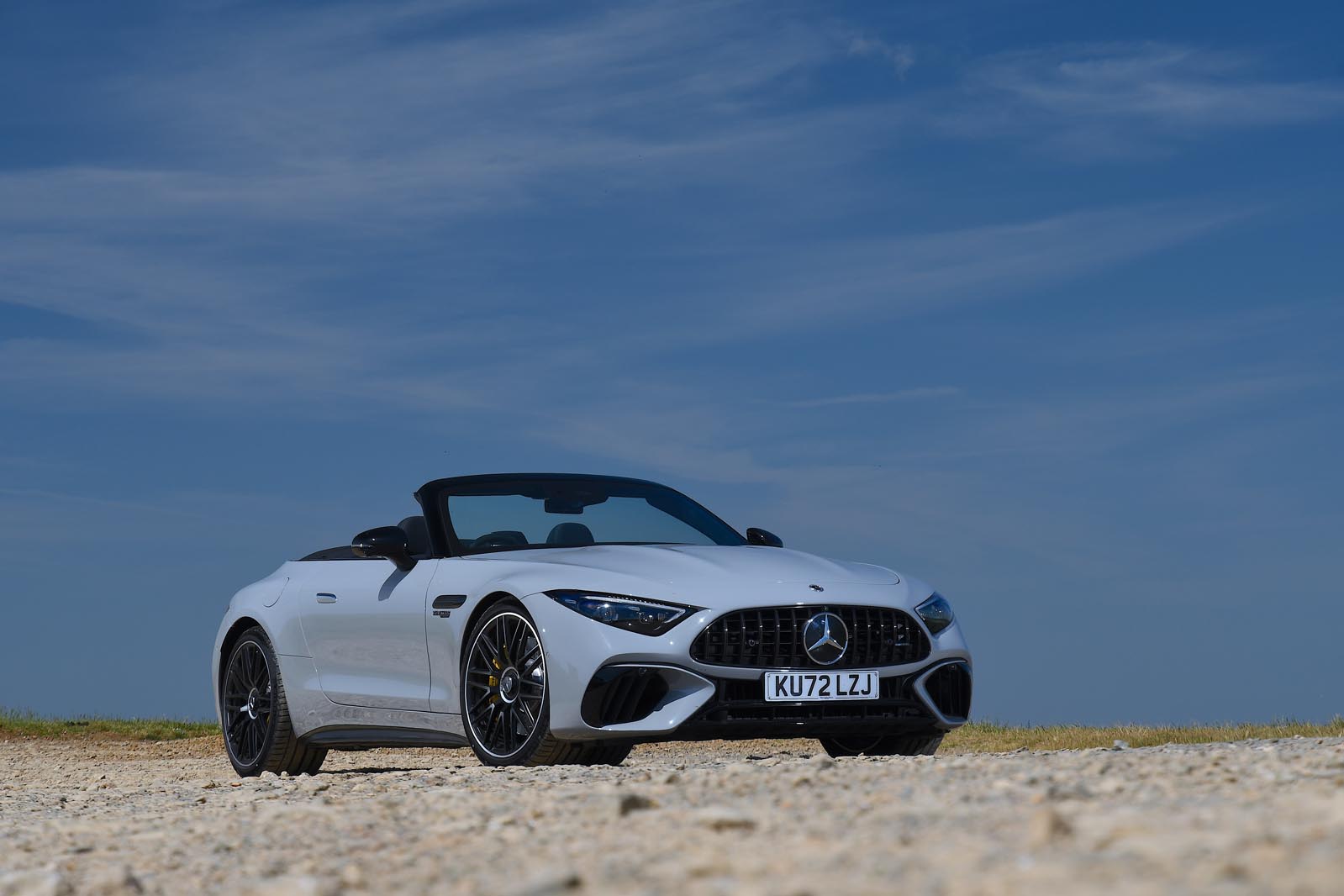The SL 63’s 577bhp power and 590lb ft torque peaks are emphatic statements of intent. You have to go all the way to a Porsche 911 Turbo S Cabriolet, an Aston Martin V12 Vantage, a 12-cylinder Bentley Continental GTC or a Ferrari Roma Spider to get a significantly more powerful car – and few of those are quicker-accelerating on paper.
Few would be in practice, either. Aided by its effective launch control and four-wheel drive systems, and on a warm day, our test car needed just 3.5sec to hit 60mph from rest, and only 7.8sec to crack 100mph. Aston Martin’s Vantage F1 Edition was slower when we tested a coupé in 2021; Bentley’s 650bhp Continental GT Speed only a tenth or two quicker, again tested as a coupé. And what of the last SL 63 on which we did an instrumented road test, two model generations ago in 2008? It needed a yawning 2.6sec longer to get into three figures.
In terms of outright accelerative performance, AMG’s blank-sheet reimagining has produced some serious results. And subjectively, 577bhp feels like plenty because, even at their wildest, SLs have always been as much grand tourers as committed sports cars. Their appeal has always been bound up in the woofling, ostentatious hot-rod charm of their V8 engines, which can be enjoyed at any speed.
There’s plenty of punch here, and it’s typically smoothly provided – but there’s V8 drama, too. Lock in a higher intermediate gear from low revs and you will feel one of the first manifestations of that drama: with the tacho passing 2500rpm under maximum load, the V8’s turbos wake up to serve a hefty dose of torque to all four wheels.
Ride out the full-throttle surge and the engine will pull harder and harder until beginning to tail off beyond 6000rpm. The high-range theatrics of other performance engines are omitted, then, but even so, there’s a lot of both performance and vocal presence to enjoy, the latter emanating from those quad tailpipes like some baritone battle cry if you select the noisiest, sportiest driving modes.
The SL’s nine-speed automatic gearbox is impressive, too. It’s fast on the paddles in its manual mode and sufficiently slick and smooth in D that you certainly wouldn’t guess that AMG had replaced the torque converter with an automated wet clutch. Automatic downshifts under deceleration on the road can come a little suddenly in S+ and Race modes, though, and nine speeds are a little too many to keep track of during interested driving – which is why most testers preferred the manual setting.
Track notes (Hill Route, Millbrook Proving Ground)
The SL 63 shows plenty of sporting purpose on track. In addition to its big accessible performance, it has considerable grip along with level and secure body control, and it is happy to be hustled along quickly.
The car’s active damping, torque-vectoring, steering and active anti-roll control systems work well to make the SL seem lighter and more agile than it might. But their combined result feels too remote to make the driver feel truly involved.
The SL 63 gets you through corners on line and under control without really letting you know how it’s doing so or inviting you to feel like a central part of the action. You’re never made aware of the lateral load building in its suspension and tyres as it corners or passing from one axle to the other as it changes direction.
Ultimately, that AMG omitted its usual Drift mode from the car’s switchable drive settings tells you quite a lot about the firm’s expectations of the SL customer’s appetite for fun.



